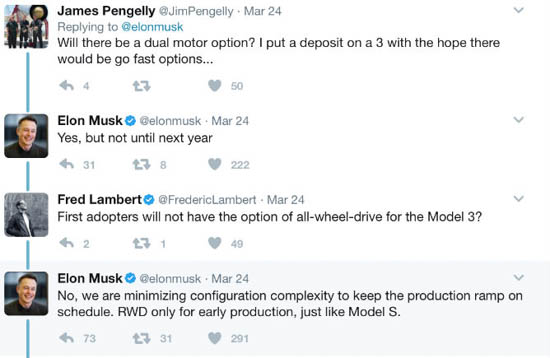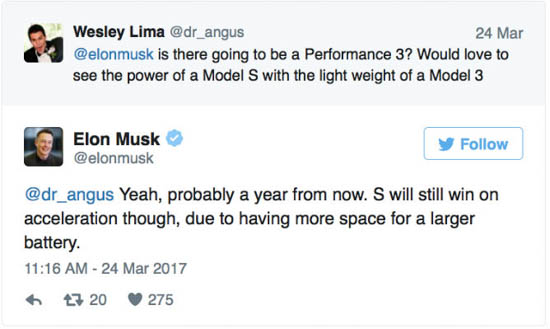Alcuni utenti di Windows 10 dello stato dell’Illinois in America stanno portando Microsoft in tribunale per via dei problemi causati dall’aggiornamento a Windows 10. La società sarebbe accusata di negligenza nella progettazione della funzionalità, non comunicata adeguatamente ai fruitori per invogliarli in maniera fraudolenta a compiere il passaggio verso il nuovo SO.
In rottura con la tradizione, Microsoft ha rilasciato Windows 10 come aggiornamento gratuito a tutti gli utenti di Windows 7 e Windows 8.1 per il primo anno dal debutto commerciale. L’offerta era stata promossa dalla compagnia con una campagna molto aggressiva, a tal punto che a pochi giorni dal rilascio alcuni utenti hanno riportato di essersi ritrovati con il nuovo sistema operativo già installato sul personal computer, senza neanche averlo richiesto esplicitamente.

Tre querelanti sostengono che l’installazione coatta di Windows 10 ha causato sul loro PC dei danni irreversibili: Stephanie Watson nella fattispecie afferma che Windows 10 si è installato sul suo PC senza alcun consenso da parte sua, con l’aggiornamento che ha danneggiato alcuni dati. Neanche contattando un team di specialisti è riuscita a recuperare i file perduti e ripristinare il funzionamento del sistema, finendo per dover comprare un nuovo PC sostitutivo.
Nella denuncia si legge che “molti clienti” hanno riportato rotture di hard-disk causate dall’installazione di Windows 10, con l’accusa che il sistema operativo non faccia nulla per verificare “se l’unità di archiviazione installata nella macchina possa sopportare lo stress delle procedure di installazione”. Leggermente diverso il caso di Robert Saiger, che ha accettato l’aggiornamento senza sapere quali sarebbero stati i possibili esiti della procedura.
Saiger si è ritrovato con alcuni software inutilizzabili con il nuovo sistema operativo, e anche in questo caso ha verificato la perdita di alcuni file dovendo spendere una cifra non meglio specificata per ricostruire i dati smarriti. Il software di installazione di Windows 10, secondo Saiger, avrebbe dovuto verificare in anticipo la compatibilità di hardware e software e informare l’utente nel caso in cui qualcosa potesse dare problemi con il più moderno sistema operativo.
Il terzo querelante, Howard Goldberg, ha rifiutato l’aggiornamento per sei mesi, ma poi ha ceduto. Il download e l’installazione non sono andati in porto per tre volte di seguito, con le ripetute operazioni che avrebbero danneggiato il suo personal computer e causato la perdita di dati e fatturato, oltre ad aver richiesto spese aggiuntive per la riparazione del sistema.
Problemi molto diffusi, secondo la denuncia formale, a tal punto da aver violato le leggi sulla commerciabilità dello stato americano. Microsoft avrebbe dovuto inserire messaggi di avviso più evidenti sui possibili problemi causati dall’installazione del sistema operativo, consigliando agli utenti di effettuare un back-up. La compagnia non solo non avrebbe prestato adeguata attenzione nella fase di progettazione, formulazione e produzione dell’aggiornamento ma in più secondo la denuncia era conoscenza delle “inclinazioni potenzialmente dannose” del sistema operativo.
Secondo l’accusa sono centinaia di migliaia gli utenti che avrebbero manifestato gli stessi problemi dei tre querelanti, dovendo rispondere a costi di riparazione o recupero simili. Nella denuncia vengono chiesti 5 milioni di dollari in danni a Microsoft, che comunque si allontana da tutte le accuse: “Se un cliente che ha aggiornato all’interno del programma di un anno aveva bisogno di aiuto con l’esperienza di upgrade avevamo numerose opzioni fra cui il supporto al cliente gratuito e 31 giorni per tornare al vecchio sistema operativo. Crediamo che le richieste dei querelanti siano prive di fondamento”.
Autore: Le news di Hardware Upgrade






